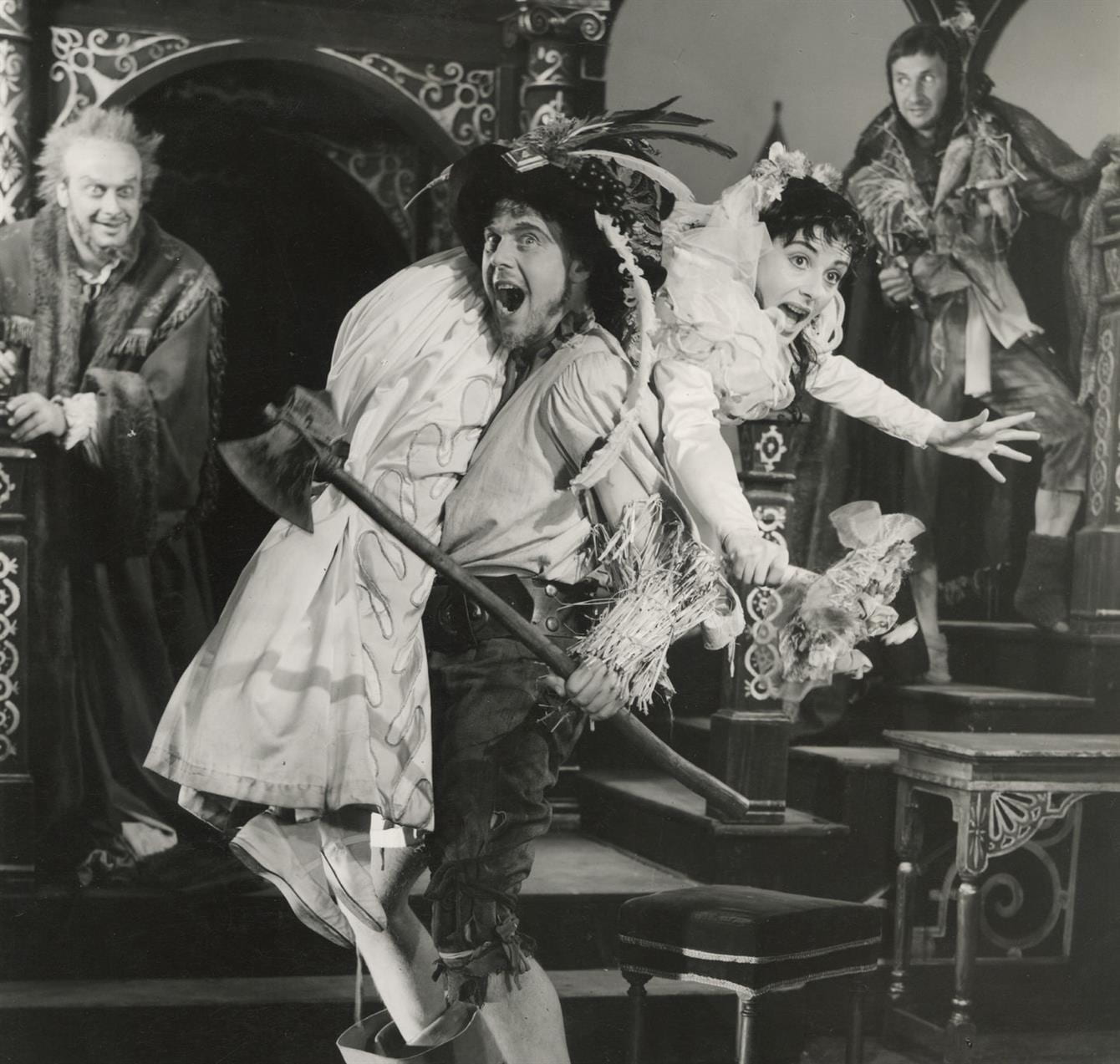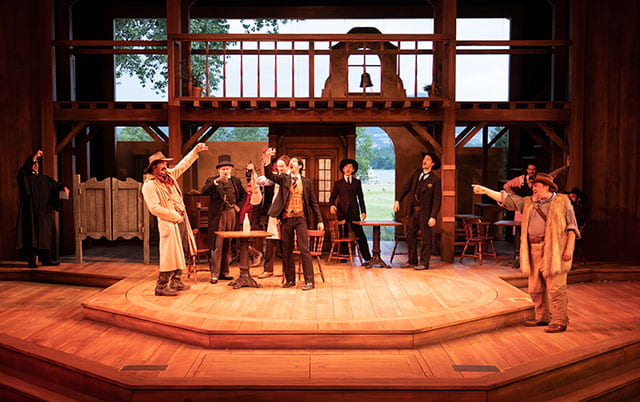Hey guys,

Up until recently, I realized I’d been using the term “classic” wrong. Whenever reading a book or watching a really good movie, I would think to myself, “Wow, this movie is an instant classic” however, I never really understood what the term classic really meant. That was until my most recent unit in my english class in which we began studying William Shakespeare’s Taming Of The Shrew.

To begin our learning into the subject , we took a look at an article called “The Definition of a Classic in Literature” by Esther Lombardi. Lombardi had five key points that must all apply to a piece of literature in order for it to be a classic:
- A classic expresses artistic quality
- A classic stands the test of time
- A classic has a certain universal appeal
- A classic makes connections
- Classics have relevance to multiple generations
If you want to look more into these points, you can read the article Here.
During this time we also took a small field trip to see one of William Shakespeare’s plays, The Taming of The Shrew, arranged and preformed by a play company known as Bard on the Beach. The Taming of the Shrew’s primary plot line follows a “shrewish” (poor tempered/mannered) woman as she is “tamed” (made obedient) by a man named Petrucio. I found the play to be a really enjoyable experience as it helped me to understand the play in a way that you can’t get from just reading the script. It really helped me put faces to names and understand more about what really drove the characters, through their body language, the way some of the characters used words and language as a weapon or a tool, rather then just making assumptions based on director’s notes.

This then lead to our first big task. We were told to write an essay arguing why or why not the Taming of the Shrew was, in our opinion, a classic. I decided to argue why the Taming of the Shrew was not a classic. I did this because it seemed like a harder argument, and therefore a more fulfilling side to argue. In the end however, there turned out to be a lot of evidence to support my thesis that it was not a classic. The fact of the matter is, this essay taught me to not just take the word of popular opinion, that the Taming of the Shrew is a classic, as truth, but rather to do the research and come up with my own educated opinion.
If you wanted to read my essay you can right here:
Following this assignment, we began the second section of this unit. Historical Perspective of Women Throughout the Ages!
During this time we were all split into groups and given a time period. My group consisted of Adam Gerbrecht and Spencer Laube with our time period being World War 2. Even though we had our groups together, we first needed to understand our assigned area for ourselves. And with that segue, I will begin to explain our second assignment.

The second assignment we were given was to show the expectations and perspectives of women in our given time periods. Though our group was allowed to share research, we still had to complete this assignment individually. While researching the information I needed for my video, I noticed something interesting that I hadn’t really thought about before. I noticed that, though women had jobs before World War 2, World War 2 was the first time women were really encouraged or even expected to join the workforce. Even with this small triumph it still was no cake walk for them. In addition to working, They were still expected to get married, maintain the home, and have children. My research made me realize that society really had a hard time with getting comfortable with women being strong and independent and it seems like, for a long time, both in Shakespeare’s time and in World War 2, society was only comfortable giving them recognition or allowing them to be independent if it was on society’s terms (which was usually mens terms). For example, Kate had to pretend to be compliant in order to be with Petruchio. In the same way, female pilots in World War 2 had to be satisfied with flying but not being formally a part of the airforce. Both situations would not happen to men, I think.
Finally, the third assignment.
In the final assignment we had brought together all of the aspects we used so far in this unit. We were to create an animated video that shows the perspective of women, in our assigned time period, using an act from The Taming of the Shrew. Now this may sound a little complicated, because it is, but just hear me out. Its just crazy enough to work.

Essentially, we were to take our act from The Taming of the Shrew, ours was Act Four by the way, and modify it to show the perspectives of women in our time period. Originally my group and I were going to use a stop motion software called Stick Nodes. I even made the first few seconds of our video with it.

The only problem was that the clip took about half an hour to film which made this method slightly impractical. Instead we turned to our back-up plan, ToonTastic. Now before you think, “Oh Robbie, that sounds like a children’s game” let me first say…… It is.
Anyway, ToonTastic is a digital puppet type studio that can be used to make short stories. Though the actual finished product on the app are a little bit rough, they offer great animation which can be edited to make great videos.
As you may be able to tell there was one small problem with this first draft. It doesn’t look anything like World War 2. The other big problem was that in order to replace the background in all of the scenes we would have to completely remake the video so due to time constraints, we decided to add some contextual walking to it as exposition.
Through all these assignments, especially the last one, I finally began to see the themes in the play and how Shakespeare wrote in a way that demonstrated the themes without stating it outright. I found it interesting that the speeches they made and the back and forth arguments they had, Kate and Petruchio, was like cats circling each other and trying to find a way in to attack or take over the other, like Petruchio trying to control Kate’s speech or make her agree to things that are not true, as a way of having power over her. The characters used language almost like weapons sometimes. Power struggle was all over the place in this play.

This was a good PLP project, it helped me gain a better understanding of Shakespeare and his ability to use language to to tell his stories and build out his characters and demonstrate themes like power. It was also interesting to discover that some themes, like women being empowered, the power struggle between men and women, exists as much today as it did back in Shakespeare’s time.